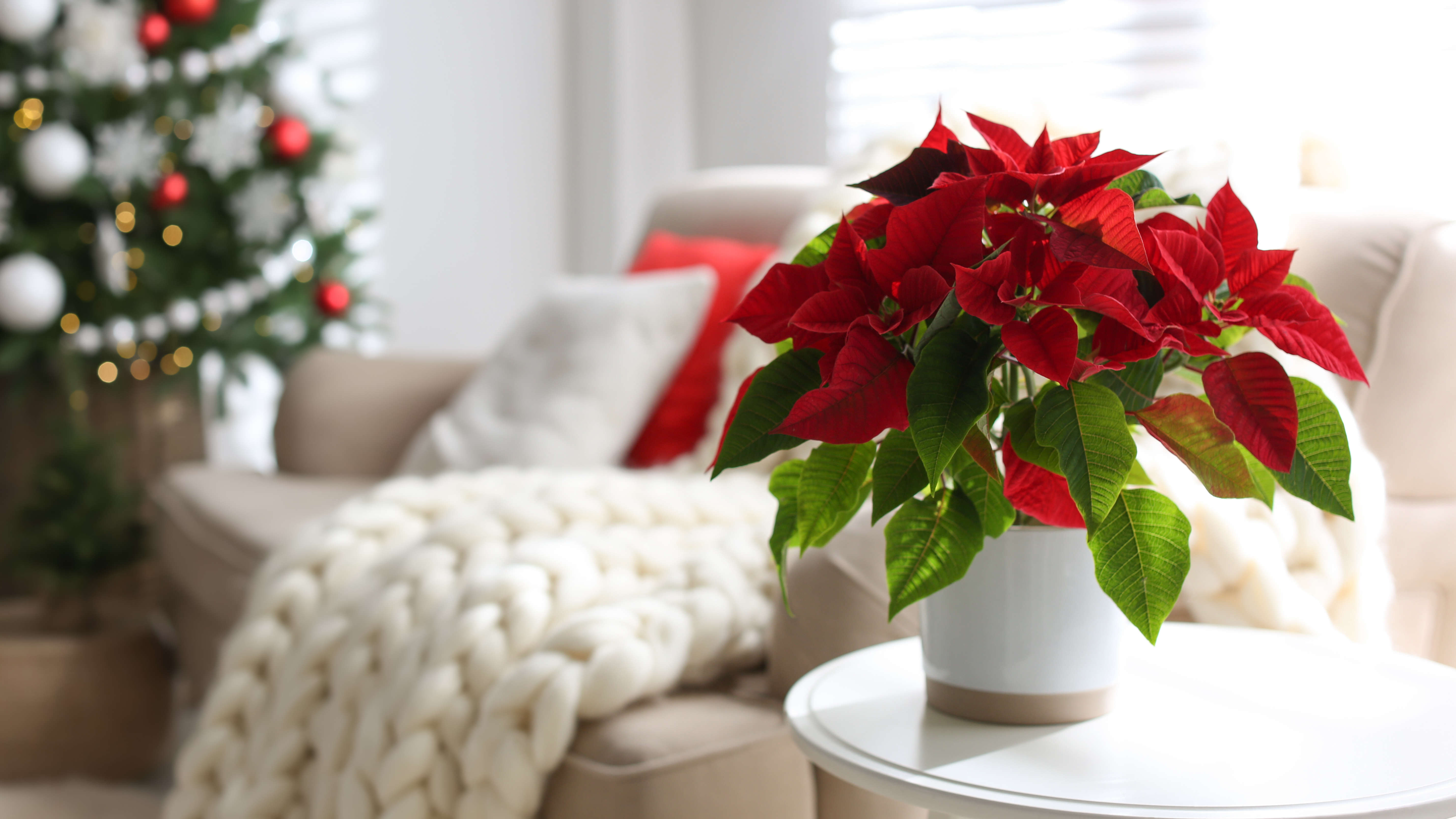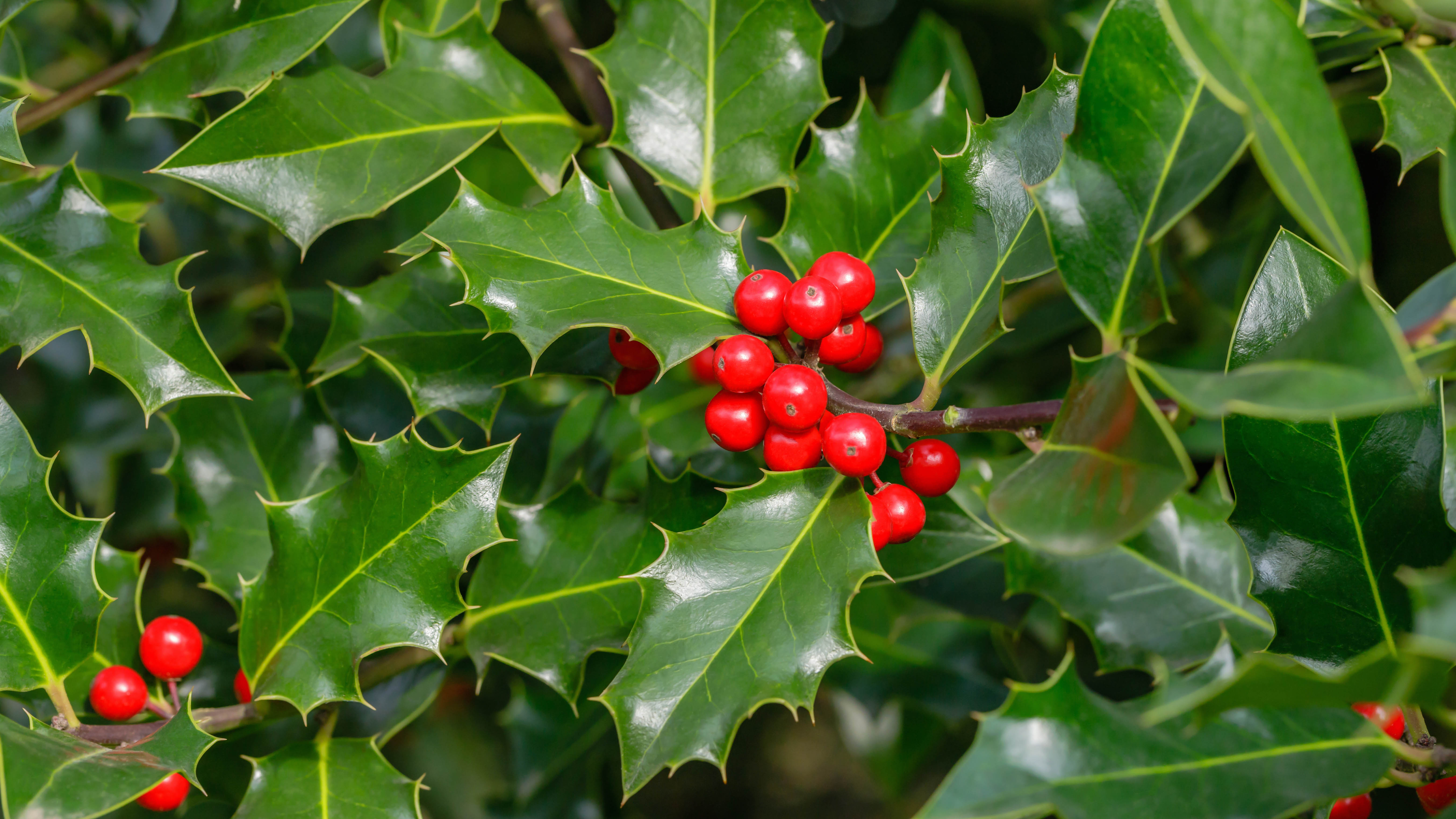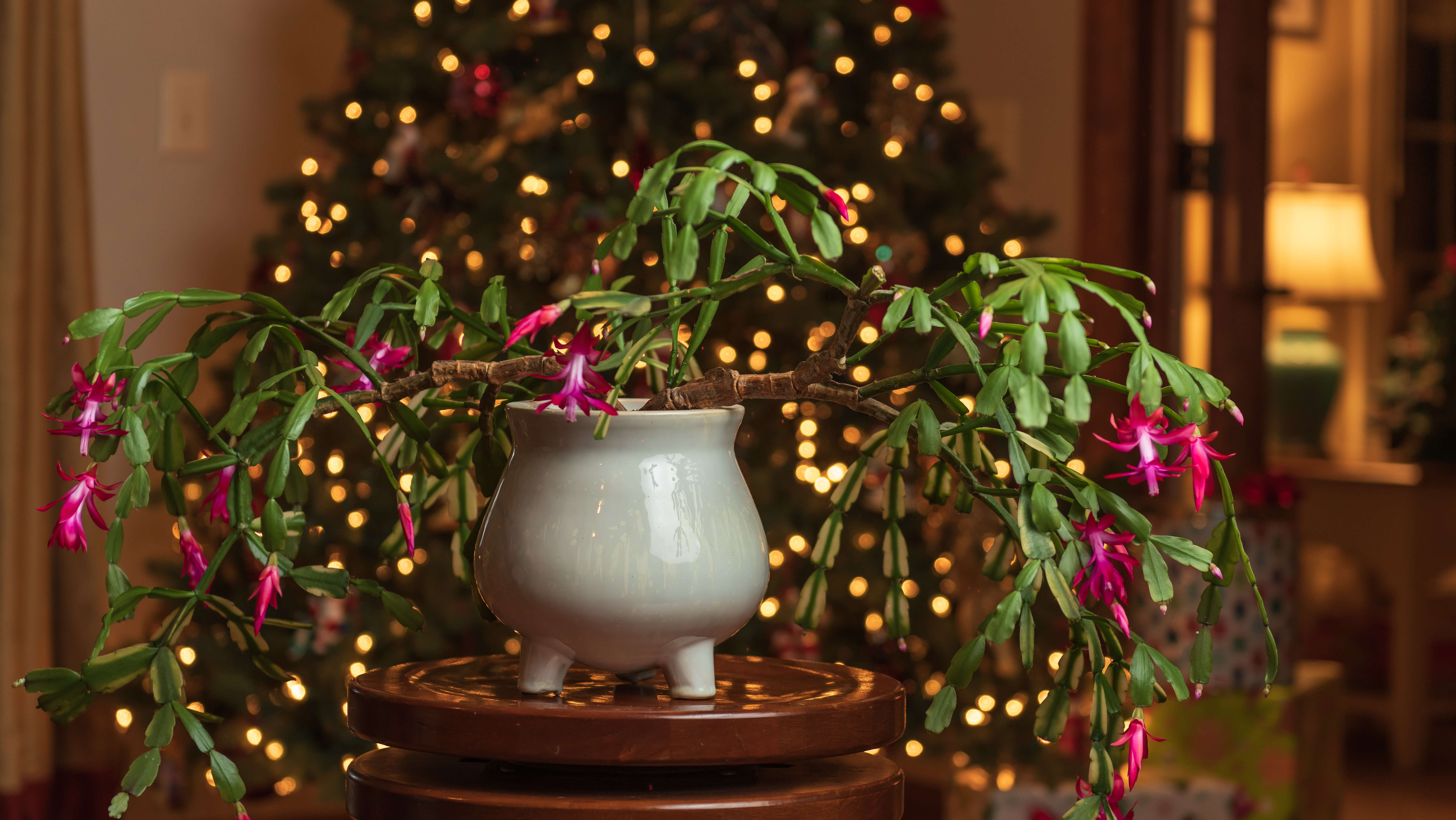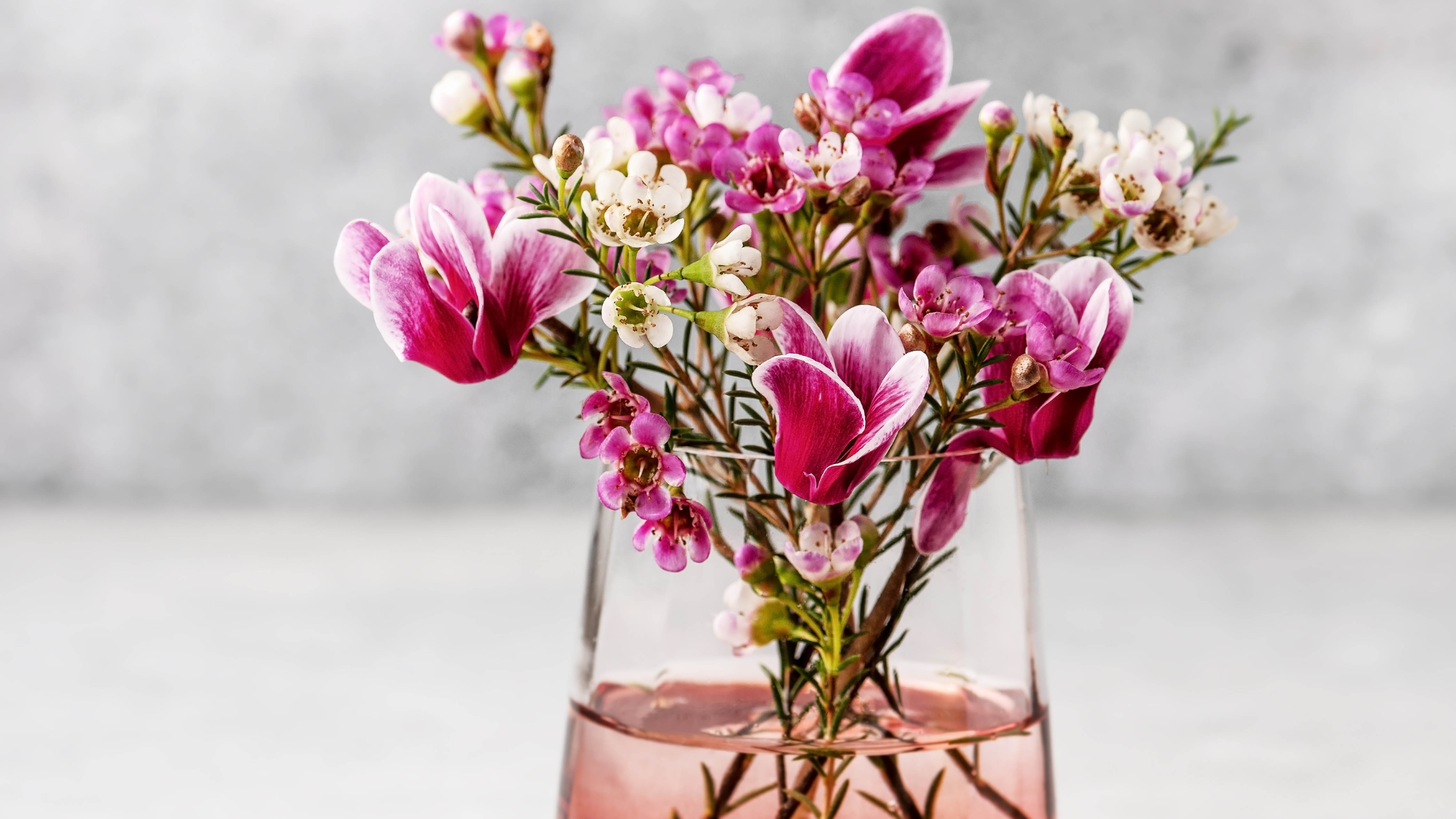7 best plants to make your home look festive
Here's the best festive plants for your home

Christmas trees get all the attention during the holiday season, but there are many other plants that you can bring into your home for a little festive cheer. While most plants don’t flower during the winter months, there are several varieties that do bloom in December and will provide some color and fragrance to your home.
If you’re not bothered about flowers, then there are also a number of other species of greenery that still evoke festivity and wintery aromas. These plants prefer cooler temperatures and will thrive in winter conditions, so you can enjoy them throughout the holidays and not worry about their wellbeing.
What makes a plant festive will vary from option to option. Some plants are a part of holiday tradition, while others are vibrantly colored in seasonal shades. Then there are those that simply look good and provide some cheer during a time mostly known for fallen leaves and bare branches. Whatever your personal preference in houseplants, there is a festive plant for you.
Better yet, pick up a few different ones that will complement your Christmas tree and allow you to spread holiday cheer throughout your home. Just remember to look up the care instructions for each plant, so you can keep it happy and healthy long into the new year. And if you do have a traditional tree, just make sure to avoid these common Christmas tree mistakes that could shorten the lifespan of your tree.
If you need further help, here are our picks for festive plants that will make your home more festive.
1. Mistletoe

Mistletoe is one of the most iconic holiday plants, associated with romance and magic. Whether you like or loathe the tradition of “kissing under the mistletoe,” the plant itself is a pretty sight when strung up throughout your home. Mistletoe sprigs feature woody stems that sprout lots of small, green, rounded leaves and clusters of white berries, so they will match any seasonal color scheme.
The plant itself grows parasitically on a host tree or bush, so you’re most likely going to buy mistletoe as cuttings rather than whole plants. These cuttings should last 2-3 weeks, so don’t hang them up too early in the festive period. Alternatively, buy a synthetic mistletoe sprig that you can enjoy for months at a time.
Sign up to get the BEST of Tom's Guide direct to your inbox.
Get instant access to breaking news, the hottest reviews, great deals and helpful tips.
2. Holly

If you prefer red berries to white, then your best bet is a holly bush. Another traditional favorite that’s associated with holiday songs like “The Holly and the Ivy,” these plants are striking to look at and richly hued in seasonal colors. The vibrant crimson berries grow alongside spiky green leaves that keep their color year round, so they particularly shine during December and January. You can grow entire bushes in your garden or you can also clip smaller sprigs to display in your home or include in an arrangement.
However, be careful of where you place the holly as it can be a hazard; not only are the leaves sharp, but the berries themselves are toxic to both humans and pets. If you are concerned about potential exposure in your home then you can always opt for a faux holly bush to capture that seasonal look.
3. Poinsettia

Another red plant to consider is Poinsettia. Red and green are the holiday season’s signature colors and so it’s no surprise that people are drawn to holiday decor in these shades – even when it comes to their plants. Poinsettias are subtropical plants that are originally native to Mexico, so they need a lot of bright sunlight and are susceptible to root rot if overwatered.
Yet they are still popular during the winter holidays thanks to their large, star-shaped “flowers” that are bright red in color, contrasting with their bright green leaves. They even hold some holiday symbolism, with people likening the shape of the red leaves to the Star of Bethlehem. Poinsettias can be grown indoors and used for holiday decor as a single plant or as part of a larger arrangement. If well-taken care of, they will live for several years.
4. Amaryllis

Amaryllis are very distinctive in appearance, characterized by one or two long stems that grow from a large bulb and flower into a small cluster of trumpet-shaped blooms. It takes about six weeks for the bulbs to sprout and flower, so you can plant the bulb in November to reap the rewards in December. The flowers come in red, pink or white shades, making them a great fit for traditional holiday schemes. Their height and round bulb make for a striking display, whether placed on the dining table or as decor around the home.
While you can pot the bulb into soil at home, it is also possible to buy bulbs that have already flowered and been dipped in colored wax, such as red or gold. This makes for an attractive gift as well as a pretty display. Amaryllis tends to bloom once a year, but it can repeat this year after year if tended properly. Just remember that they are considered toxic to cats and dogs if ingested, so keep out of the reach of any curious pets.
5. Christmas Cactus

For something a little different, consider a Christmas Cactus. Unlike other classic cacti, the Christmas Cactus is from tropical climates and enjoys greater humidity and moisture, so it does require a little more attention than a desert cactus. In return, you’re rewarded with several stems that look like round leaves segmented together, which grow out and down over the sides of the planter.
When well looked after, the cactus will bloom with vibrant pink or red flowers at the tips of each stem. The overall effect is a bit like a chandelier, bringing drama and festivity to your space. As the name suggests, the Christmas Cactus blooms during the Christmas period so you’re able to enjoy the flowers during a time when most other plants are bare.
6. Rosemary

Rosemary is one of the most festive herbs, regularly used in holiday cooking as well as in seasonal scents. With a rosemary plant in your home, you can get the benefits of fresh herbs for cooking and a natural aroma in the air, as well as an attractive bit of greenery. These plants will live for years, so you can utilize the herbs year-round, but they’re particularly popular in the winter months. Rosemary grows woody stems with a lot of needle-like foliage, which makes it similar in appearance to a fir tree and therefore especially festive during the holiday season.
Unlike a fir tree, however, rosemary plants are much smaller and easier to keep in the home. If you don’t have a Christmas tree, rosemary is a more accessible way to evoke a similar aesthetic. You can prune the rosemary into a festive shape, or simply allow it to grow naturally and enjoy its organic appearance. Make sure to pot your plant in a well-draining planter as it does not enjoy excessive moisture and ideally place it in a window, as rosemary prefers several hours of direct sunlight a day.
7. Cyclamen

For a pretty flowering winter plant that doubles up as a centerpiece, look no further than Cyclamen. These plants bloom over the holiday months in either white, pink or red hues, so they are a perfect complement to your festive decor. They are also small in size with silver-tinted leaves, so they can be used directly in a festive tablescape or placed on a mantle. Although small in stature, these plants are mighty and should flower for a minimum of eight weeks at a time, making them a reliable option for anyone who wants to enjoy their colors well into the new year.
Some plants have even been known to bloom for up to six months, as long as they are kept at lower temperatures and tended well. Cyclamen prefers cooler temperatures and so will go dormant in the summer months when other plants are flowering, but they should revive again next winter – they really are the gift that keeps on giving.
More from Tom's Guide
Madeleine Streets is a writer and content manager based in New York City. She covers an eclectic mix of lifestyle, technology, finance and health and has been published in Tom's Guide, Women's Wear Daily, SELF, Observer, Footwear News and others. Originally from London, Madeleine has a penchant for tea, baking and moody weather. When she’s not writing, you can find her exploring the city’s bookstores, hunting down new restaurants, fostering cats and cheering on Arsenal FC.

